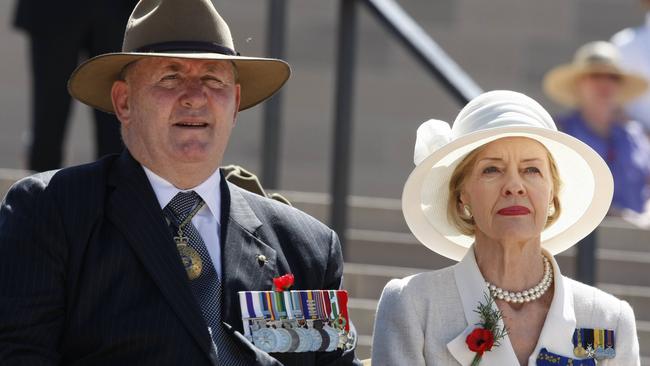
Cosgrove and Bryce have made explicit what insiders have known since Kerr’s retirement in 1977 – that Kerr had become the anti-model. The country has reached the stage where recent incumbents of the nation’s highest office feel able to describe their conception of the job and where Kerr was misguided. Cosgrove and Bryce engage in what could be called truth with discretion.
They testify also to the decisive evolution in the way governors-general deal with Buckingham Palace. While seeking cordial and proper relations, neither Cosgrove nor Bryce saw the need to endlessly cultivate the palace and the Queen as did Kerr in his regular, voluminous and sometime cringing letters.
The views of Cosgrove and Bryce are set out in two new books – Cosgrove’s second memoir, You Shouldn’t Have Joined, launched in Sydney on Tuesday by this columnist, which provides 10 thematic chapters on how the governor-general works and operates, and The Truth of the Palace Letters, co-authored by me and Troy Bramston, which draws on interviews we conducted with Cosgrove and Bryce.
There are three overarching conclusions: the task of the governor-general is to remain aloof from politics and play a uniting role; that Kerr conspicuously chose a different approach that misjudged the obligations inherent in the office; and that the Queen was, in Bryce’s words, an “impeccable constitutional sovereign” – highlighting a conviction of both governors-general about her character.
Bryce and Cosgrove, naturally, do not address the role of the Queen or palace in the 1975 crisis. But their comments on the character of the Queen are revealing. They affirm what every piece of evidence and document establishes without qualification – that the Queen and palace played no role in the dismissal of Gough Whitlam either by “green light” approval, implication or by any encouragement.
In his memoir, Cosgrove said he would not reflect on the substance of the dismissal. However, he outlines his views on the role of the governor-general referring to Walter Bagehot’s famous injunction that the sovereign has three rights – the right to counsel, to encourage and to warn.
Using this framework Cosgrove proceeds to his conclusion: “I wonder if, earlier in that week leading up to the Dismissal, it would have been appropriate for him (Kerr) to call in Mr Whitlam and, in expressing his concern about the impasse and its effect on the administration of the Commonwealth, crucially explain to Mr Whitlam that the Governor-General would be moved to hand government to the Opposition if no resolution was made by the end of the week. This would have been in my mind a ‘warning’.”
This is a repudiation of Kerr’s 1975 solution. It can be interpreted no other way. Launching the Cosgrove book, I said these remarks were Cosgrove’s version of what he would have done in 1975 had he been governor-general. That is, he would not have followed the Kerr method of dismissal by ambush. This is manifestly the view of Bryce.
Interviewed for The Truth of the Palace Letters, Bryce said: “Forty-five years on, the momentous political events of 1975 remain so in my mind. Like so many Australians, they are imprinted in my memory and life experience. It’s undeniable that their legacy infused every Governor-Generalship in their wake.
“I understood the gravity of my constitutional responsibilities and the limits within which I was to exercise those. It is not for the Governor-General to be arbiter of events, the umpire of a political impasse. She or he must allow time and distance for our political and parliamentary processes to do their job. It has never been clear to me why Sir John Kerr took the steps he did when there was a recognised and conventional solution available.”
Bryce’s comments for our book, again, afford no other interpretation. She rejects the Kerr solution. Bryce draws the lessons from 1975, decides she would follow very different norms from those of Kerr and expresses her virtual incomprehension at his dismissal intervention. Interviewed for our book, Cosgrove made clear he had a different approach to the palace to that of Kerr as governor-general four decades earlier. He said: “I stayed in touch with the Palace but I was not reporting to or accountable to the Palace in any way.” Cosgrove wrote infrequently to the palace. He assumed the palace had its own sources of information about political affairs in Australia. This is a healthy evolution.
The unifying and consistent theme of Kerr’s successors has been greater Australian independence. Cosgrove said the palace respected Australia’s independence and maturity as a nation. Cosgrove enjoyed his several conversations with the Queen; while they canvassed many issues relating to Australia, they never discussed Australian politics.
Bryce said: “Beyond necessary formalities I did not see it as my role to write regular dispatches to the Palace, which I understood had been a feature of the office for many decades. In my view, it was not for me as Governor-General to provide my own observations and analysis of events and issues. We have a Prime Minister, as the leader of the elected Government, to do that should they choose.”
Bryce and Cosgrove made clear the guiding principle of the Queen and palace was noninterference in Australian affairs. Cosgrove said: “The Palace was completely proper. During my time as Governor-General it never sought in any way to interfere with or become involved with Australian parliamentary or political affairs.”
Bryce said: “There was never any attempt by the Palace during my term as Governor-General – or indeed during my term as Queensland Governor – to provide me with political or legal advice, or to influence or interfere with any of my decisions or actions.”
Indeed, this attitude of the palace is affirmed not just by the Buckingham Palace letters from the 70s but from a range of Australians who have held vice-regal office. Former governor-general Bill Hayden told the authors he could not think of “any case” where the Queen had not done the right thing by Australia.
Former ALP leader and now Western Australian Governor Kim Beazley said Kerr’s correspondence was unnecessary and sought to compromise the Queen. He said the task of the Queen’s representative was “to prevent her name from being sullied or drawn into controversy” – a direct critique of Kerr’s letters.
The Kerr method and style is obsolete. It is left behind by history and the evolution of the office. That is a welcome step, with Cosgrove and Bryce, appointed respectively by Liberal and Labor governments, parts of this process.
But one thing has not changed – the strict noninterference stance of the palace. From the Buckingham Palace letters of the 70s to dealing with Cosgrove and Bryce in the new century, the Queen has been impeccable in staying out of Australian politics. It is past time for the Labor Party to acknowledge this truth – a truth Whitlam himself recognised.


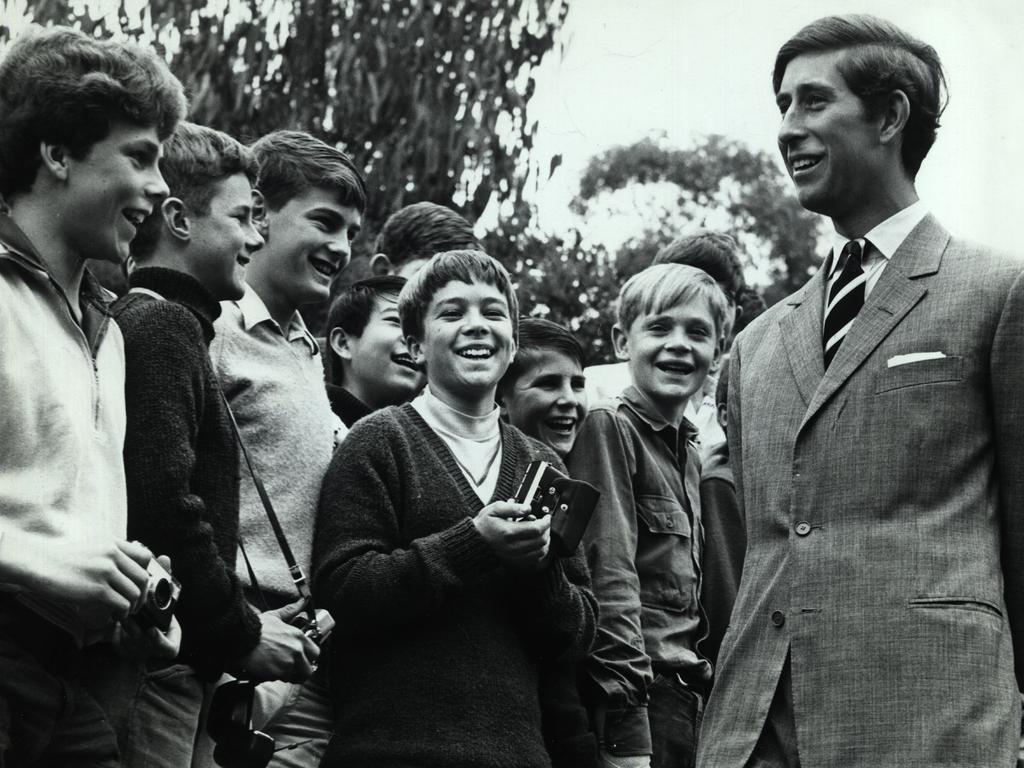
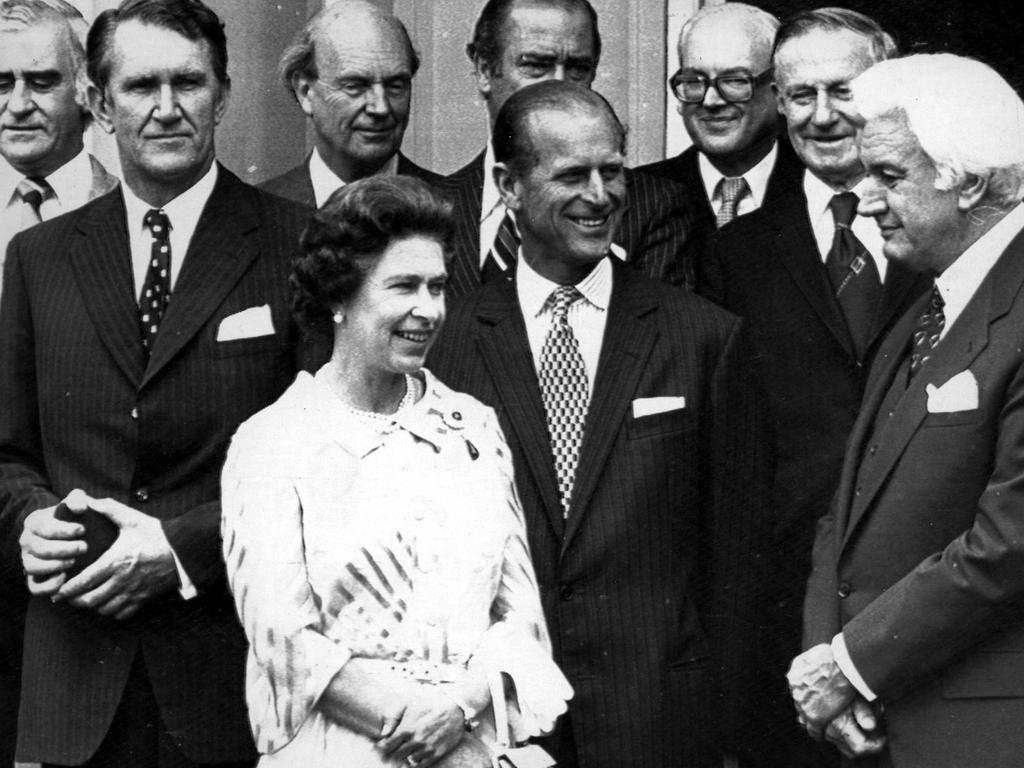
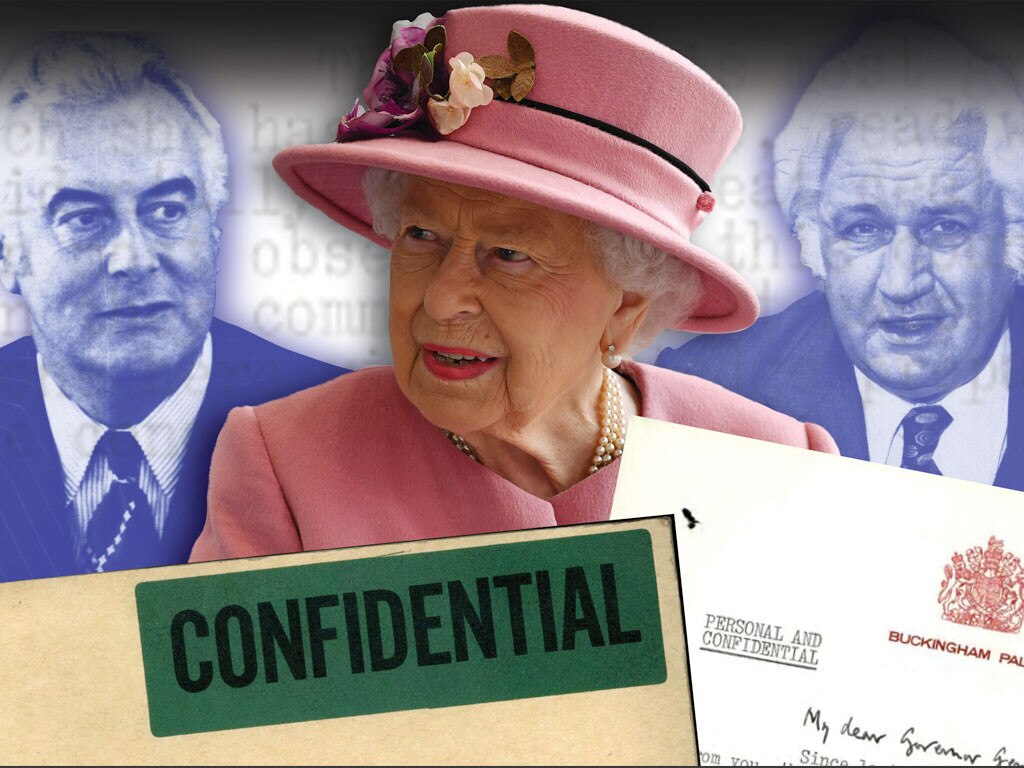

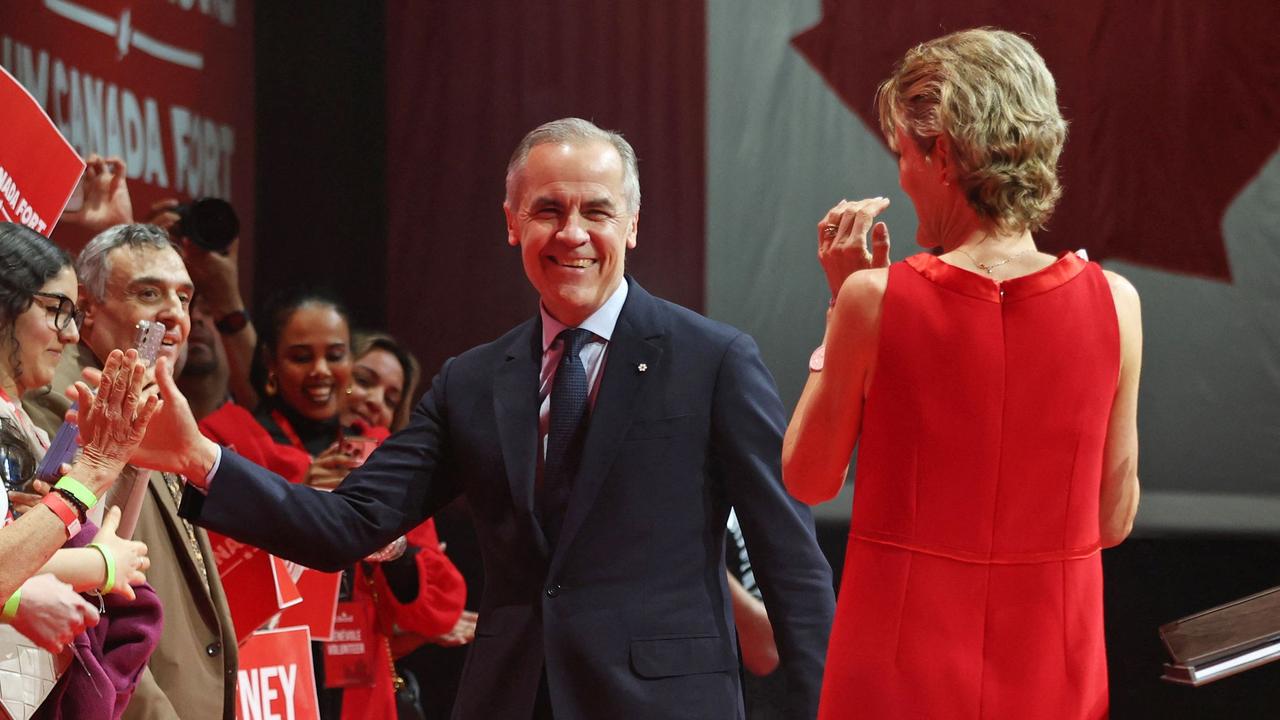
Peter Cosgrove and Quentin Bryce – our two most recently retired governors-general – different in style but similar in substance, have revealed how they operated in the office and made unprecedented criticism from the vice-regal perspective of John Kerr’s actions in 1975.